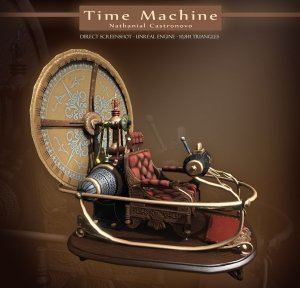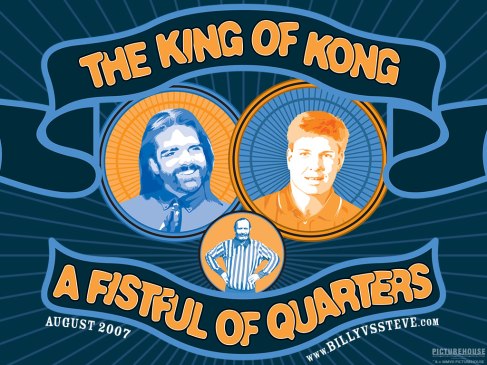It is the year 2013, and my parents decided to take me and my brother to Dave and Busters. We had finally advanced to the “big kid” arcade. I remember stepping into the dark room with flashing lights, neon signs, and beaming arcade games, grabbing for my attention. My parents bought us a play card and let us explore the endless rows of games. Instead of approaching a machine, my brother and I immediately went to the prize room to set a goal. Then we found it: the banana with a mustache.
Now I know you might think I am crazy, but this huge banana meant everything to me, and it was worth thousands of tickets. So, we got to work searching for the perfect arcade games which would give us the most tickets. I am here to tell you about the 2 games that I was most drawn to. These games were Big Bass Wheel and Treasure Quest. Just a heads up if you are not aware, both these games are rigged, so most of the time you will lose. However, if you are lucky you might be able to beat the program.
The Big Bass Wheel, a game that I bet you have played before. The machine has a crank which controls a big wheel which defines how many tickets you will win. You can win 10, 50, or even 1000 tickets. The catch is that there are zones of 4 tickets surrounding the 1000 ticket prize, and when you get close to the 1000 tickets, you always ‘happen’ to win the 4 tickets. The display shows how hard you pushed the lever, and even features some fun lights to attract your attention. I truly believed the harder you cranked the lever, the more likely you were to get the Jackpot (obviously not true). I loved sitting and watching the wheel spin, while it lands close to large numbers. The game does a brilliant job in keeping you satisfied with your result and has a way of making you continue playing again and again. I remember that at one point I had a consistent losing streak with the game, so I stepped away from the set-up and watched some other kids play. After about 5 minutes of others taking their turn, I stepped back, swiped, and got the Jackpot. You might say I am a lucky, and you would be correct. At some point the game has to give a Jackpot – it was part of the program – I was that lucky person. No skill, just a program.
Treasure Quest, is similar to the previous game; you are spinning a large, flashy wheel to win tickets. Treasure Quest has a large, smiling pirate at the top of the game, and the wheel resembles a compass which points to your reward or treasure. I loved this game more than Big Bass, because I enjoyed physically spinning a wheel. There is something about spinning the wheel which makes me feel like I was fully in control of what I won. Although Treasure Quest might have felt more in my control, the game is also programmed to allow only a specific amount of people win the Jackpot at a time. Not to say I cracked this game, but I realized if I simply spun the wheel 3 to 4 times and slowed it down by myself, I got more frequent Jackpots, or larger numbers. This could have been luck or even a glitch in the system, but I still won many tickets.
All this to say, arcade games, as fun, bright, and enticing as they are, are all programmed systems. They are fun in the moment, but you will most likely end with few tickets unless you understand a strategy behind beating their programs. When I venture to an arcade today, I try to enjoy the experience of being in an arcade and playing the games instead of trying to constantly win, but 2013 Sophia would have stopped at nothing to win her prize. Now to answer the big question: did I ever win the banana with a mustache?
No.
-Sophia Koss











You must be logged in to post a comment.